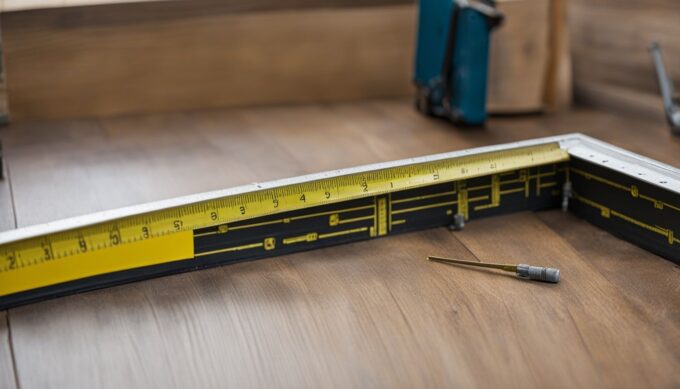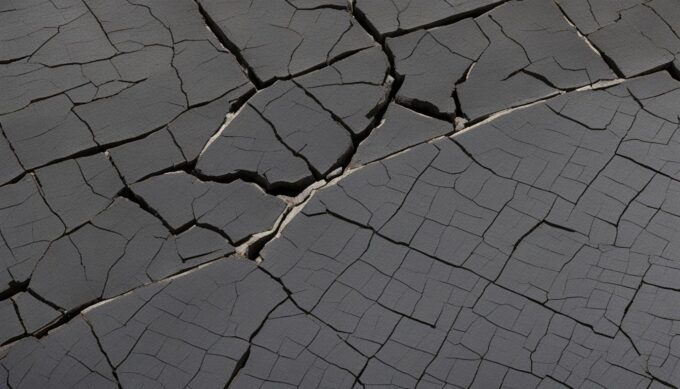Every homeowner feels a sense of pride upon seeing their house standing strong and secure. Yet, when foundation cracks begin to appear, that pride can quickly turn to concern. The sight of concrete cracks can evoke feelings of anxiety, fear, and uncertainty about the structural integrity of the home they hold dear. It is essential to understand the causes of foundation cracks and how to fix them, as this knowledge can help alleviate fears and ensure the longevity of a home.
Foundation issues may stem from poor drainage, soil conditions, or even construction material choices. Recognizing these factors can empower homeowners to take action, protecting their investment and maintaining the comfort of their residence. By addressing these issues proactively, they can preserve not only the safety of their home but also the memories and moments created within its walls.
Key Takeaways
● The understanding of foundation cracks is vital for homeowners.
● Common causes include poor drainage, soil shifts, and construction issues.
● Identifying the severity of cracks is crucial for foundation repair.
● Different types of cracks require specific repair options.
● Proactive home maintenance can prevent serious structural damage.
Common Causes Behind Foundation Cracks
Foundation cracks can emerge from a variety of factors. Understanding these causes is vital for effective prevention and repair. Focusing on poor drainage, soil condition, and construction issues can significantly help in maintaining the integrity of a foundation.
Addressing poor drainage issues is crucial, and for effective basement wall crack repair, it is recommended to ensure proper grading around the property and to consider waterproofing measures to protect against hydrostatic pressure.
Poor Drainage and Hydrostatic Pressure
Poor drainage stands as a primary contributor to foundation cracks. When rainwater gathers around a home and fails to drain efficiently, hydrostatic pressure builds against the foundation walls. This pressure can lead to severe structural damage if left unaddressed. Homeowners can counteract this problem by implementing proper grading around their property, ensuring that gutters redirect water away from the foundation, and considering waterproofing foundations to create a protective barrier.
Soil Condition and Shifts
The condition of the soil plays a crucial role in the stability of a foundation. Expansive soil can swell when moisture enters, causing noticeable shifts and foundation settlement during dry periods. Such conditions place immense pressure on foundations, increasing the risk of cracks. Additionally, soil creep and erosion can exacerbate problems. To minimize these risks, homeowners should ensure proper landscape grading and use effective soil compaction techniques during construction.
Construction and Material Issues
The quality of construction directly affects foundation durability. Issues such as substandard materials, poorly mixed concrete, or inadequately sized footings can lead to cracks over time. An essential step is to conduct a professional foundation inspection if any construction concerns arise. This proactive measure can identify potential problems early and allow homeowners to take appropriate actions, ranging from minor repairs to extensive structural work.
| Cause | Impact on Foundation | Preventive Measures |
| Poor Drainage | Hydrostatic pressure increasing the risk of cracks | Proper grading and waterproofing foundations |
| Soil Condition | Shifts and settlement issues leading to foundation instability | Effective soil compaction and landscape grading |
| Construction Issues | Use of substandard materials causing structural damage | Regular foundation inspection and quality control |
Types of Foundation Cracks
Foundation cracks can be categorized into two primary types: structural and nonstructural. This classification plays a crucial role in determining both the immediate risks and long-term implications for a property. Proper evaluation through a foundation inspection is fundamental in identifying the correct type and appropriate response.
Structural vs. Nonstructural Cracks
Structural cracks represent significant concerns for homeowners. These cracks may indicate problems within the foundation that could compromise the integrity of the entire structure. Characteristics of structural cracks include:
● Horizontal cracks usually wider than 3/16 inches
● Diagonal ones that cut through walls
In contrast, nonstructural cracks are generally less severe. They often develop due to minor settling or the natural process of curing in materials. Although these may not pose immediate risks, he or she should monitor their growth, as unchecked expansion could signal an underlying issue.
Understanding Specific Crack Types
Homeowners need to recognize various specific types of cracks to gauge their potential severity:
| Crack Type | Cause | Significance |
| Diagonal | Settlement issues | May not require urgent repair |
| Horizontal | Excessive pressure or bowing | Signals potential foundation problems |
| Stair-step | Settling of building materials | Often indicates issues with mortar between blocks |
Understanding these crack types facilitates timely action and effective repair strategies. Detecting issues early allows for proper maintenance and preservation of the property’s structural integrity.
Causes of These Cracks and How to Fix Them
Understanding the severity of foundation cracks is vital for homeowners looking to maintain their properties. Regular inspection plays a key role in assessing the problem and determining appropriate measures for foundation repair. Cracks that appear in walls or floors may indicate underlying issues that could compromise the stability of a home.
Identifying the Severity of Cracks
Homeowners should take careful note of a crack’s size, shape, and location. Cracks exceeding 1/4 inch in width or those that seem to expand suddenly can be signs that professional help is necessary. Monitoring and documenting cracks over time provides critical information regarding whether they are stable or worsening. This ongoing assessment will aid in choosing the correct repair options, ensuring the structural integrity of the foundation remains intact.
Repair Options for Different Types of Cracks

Repair strategies vary significantly depending on the type and severity of the cracks present. Minor nonstructural ones may be addressed with simple DIY solutions, such as epoxy injections or the use of hydraulic cement. On the other hand, structural cracks often require professional intervention that may include methods such as underpinning with piers or utilizing carbon fiber to enhance reinforcement. Engaging qualified foundation contractors ensures a comprehensive evaluation and recommendations tailored to the specific needs of the home.
| Type of Crack | Severity | Repair Method |
| Minor Nonstructural | Low | Epoxy Injection, Hydraulic Cement |
| Structural | High | Underpinning with Piers, Carbon Fiber Reinforcement |
Conclusion
In conclusion, a proactive approach to foundation maintenance is essential for homeowners seeking to protect their investment and ensure the longevity of their homes. By recognizing the common causes of foundation cracks, individuals can implement the necessary preventive measures before problems escalate. Understanding how factors like soil condition, drainage, and construction techniques impact the foundation can aid in minimizing risks.
Regular professional inspections play a vital role in maintaining structural integrity. By addressing minor issues promptly, homeowners can avoid extensive repairs down the line. Emphasizing timely fixes, proper drainage systems, and routine maintenance not only preserves the foundation but also enhances the overall strength of the home.
Ultimately, foundation maintenance is not just about repairing cracks; it is about fostering a safe and stable living environment. With the right tools and knowledge, anyone can contribute to the enduring resilience of their home, effectively preventing future complications and ensuring peace of mind.




